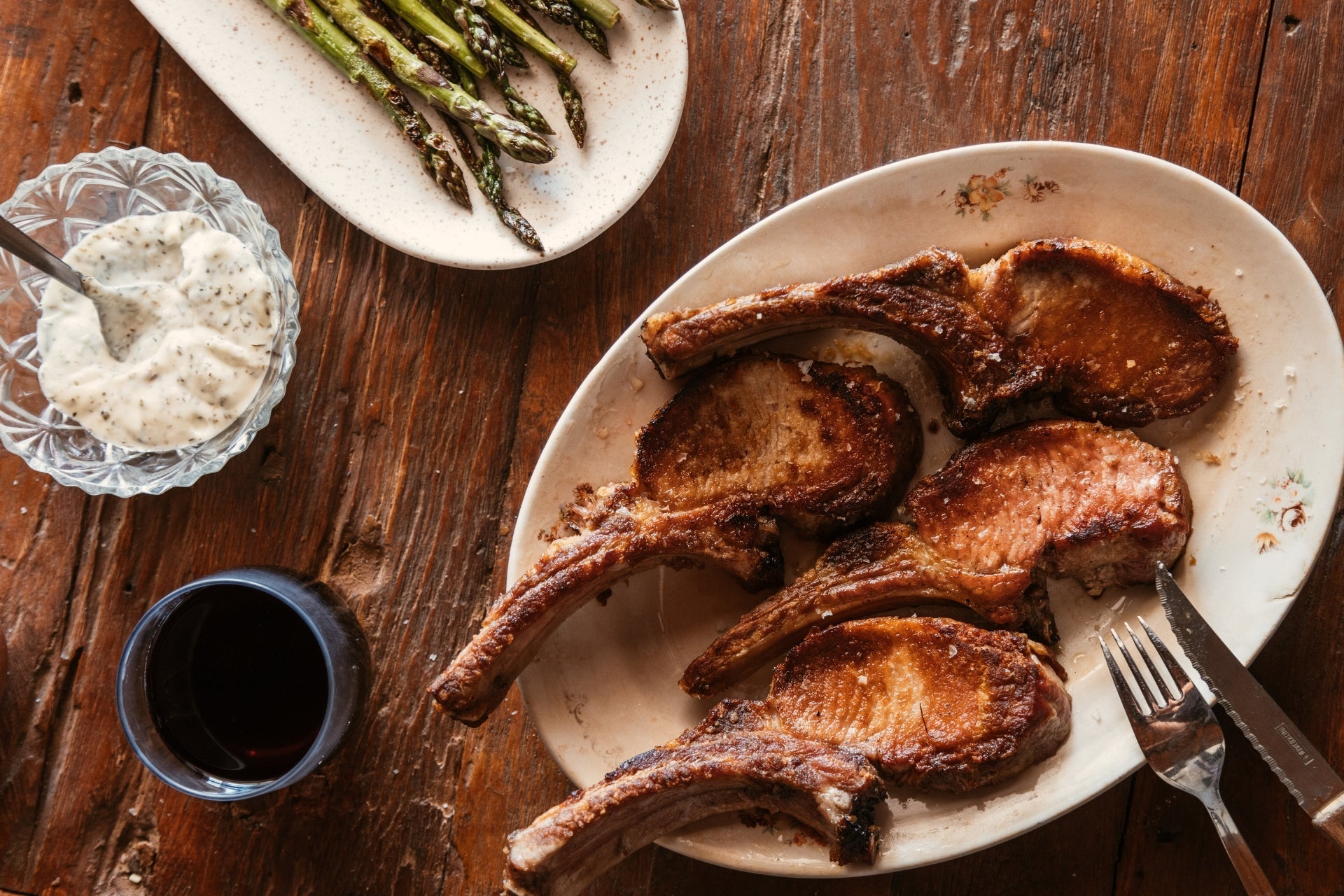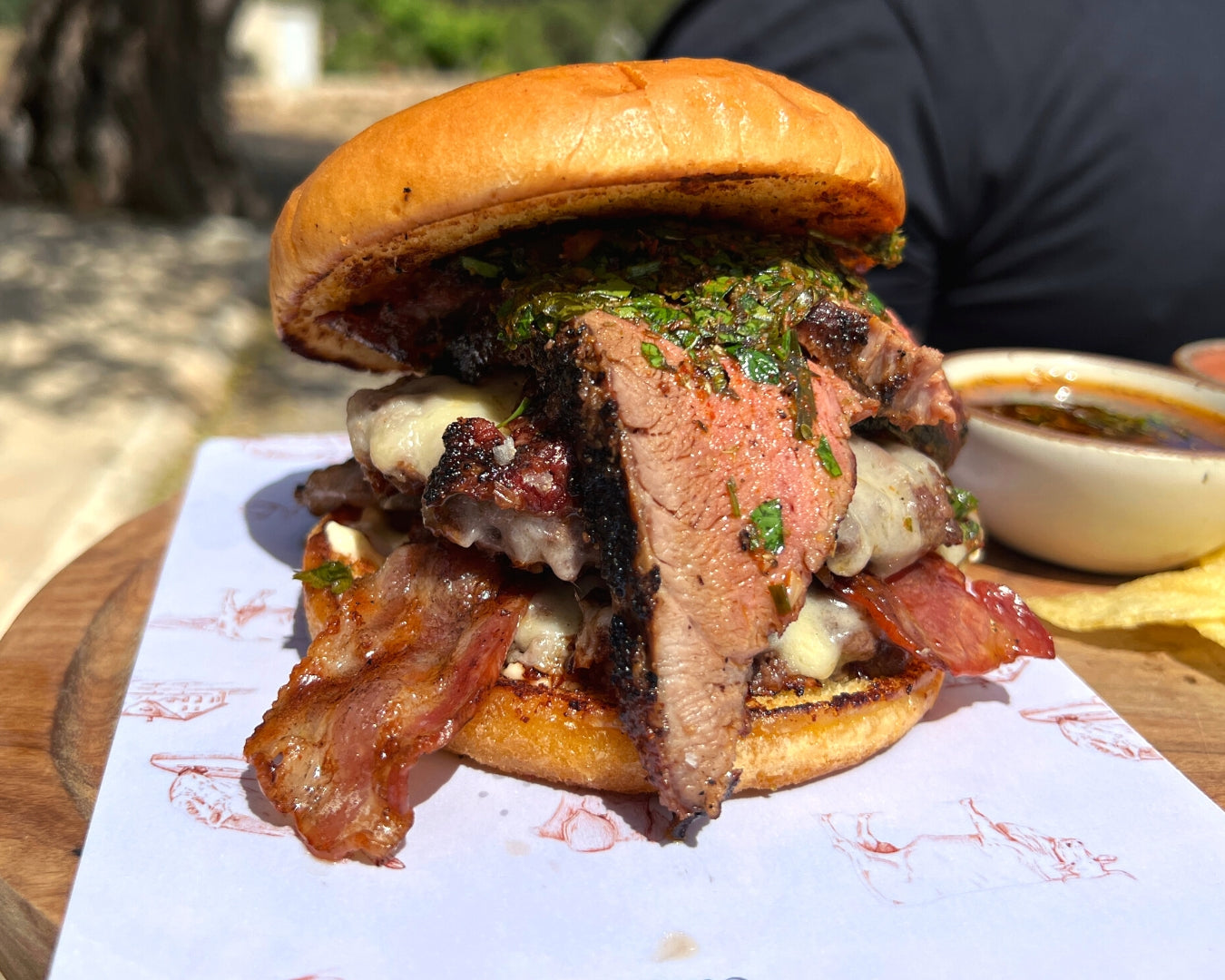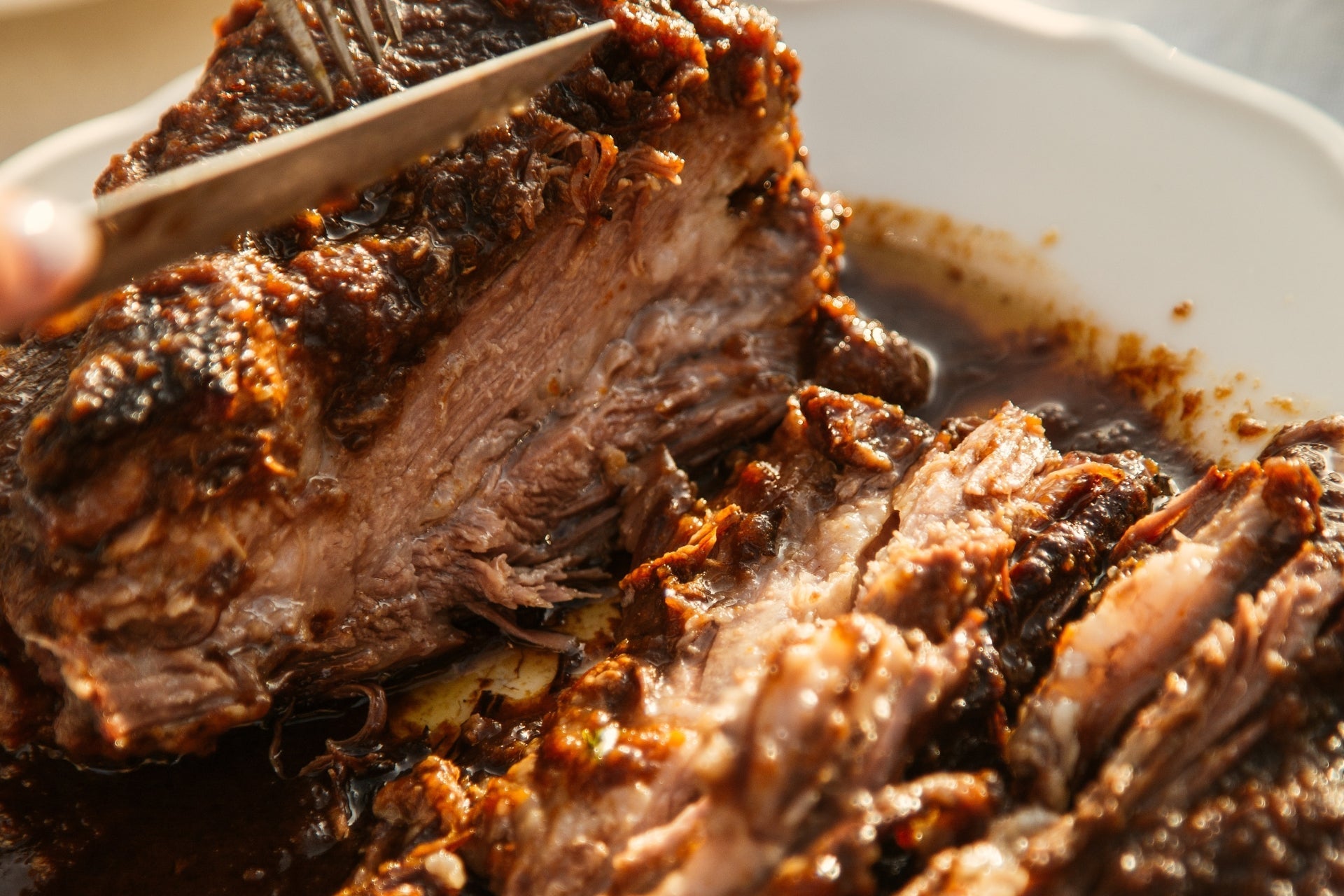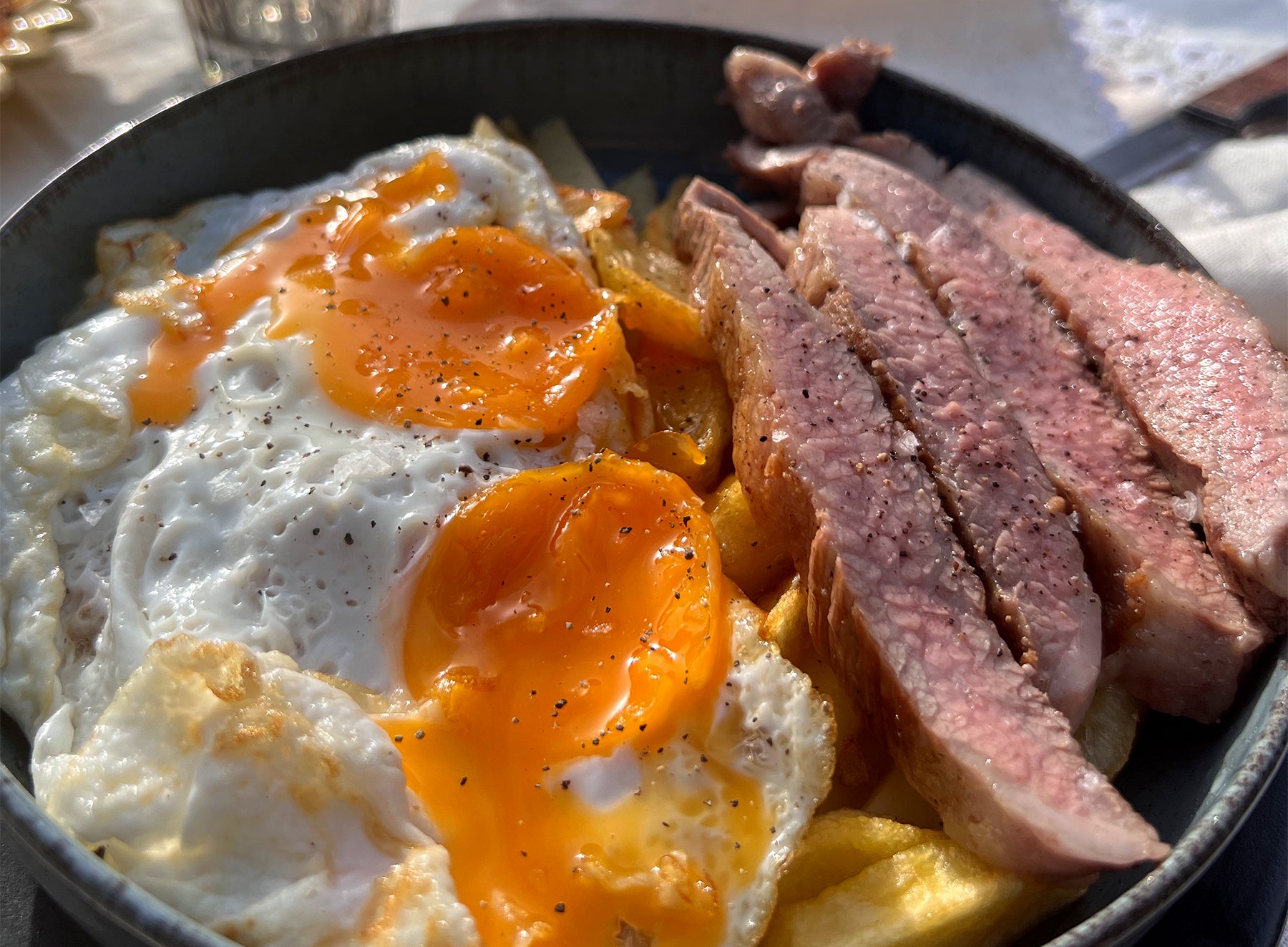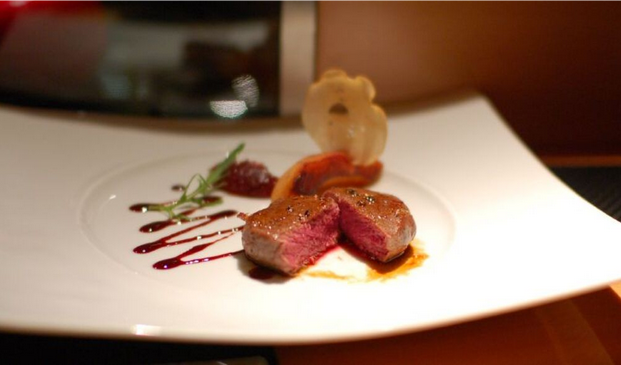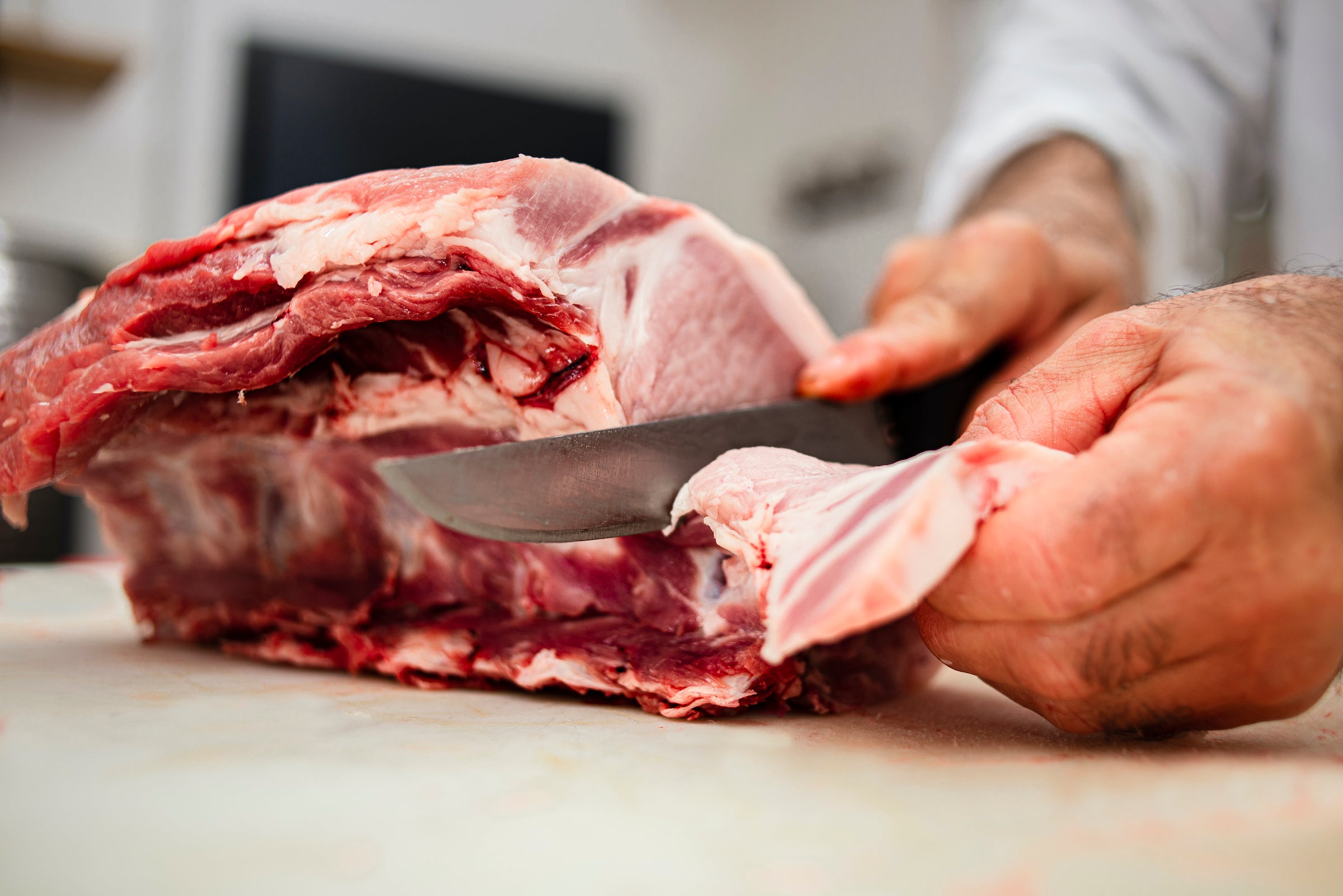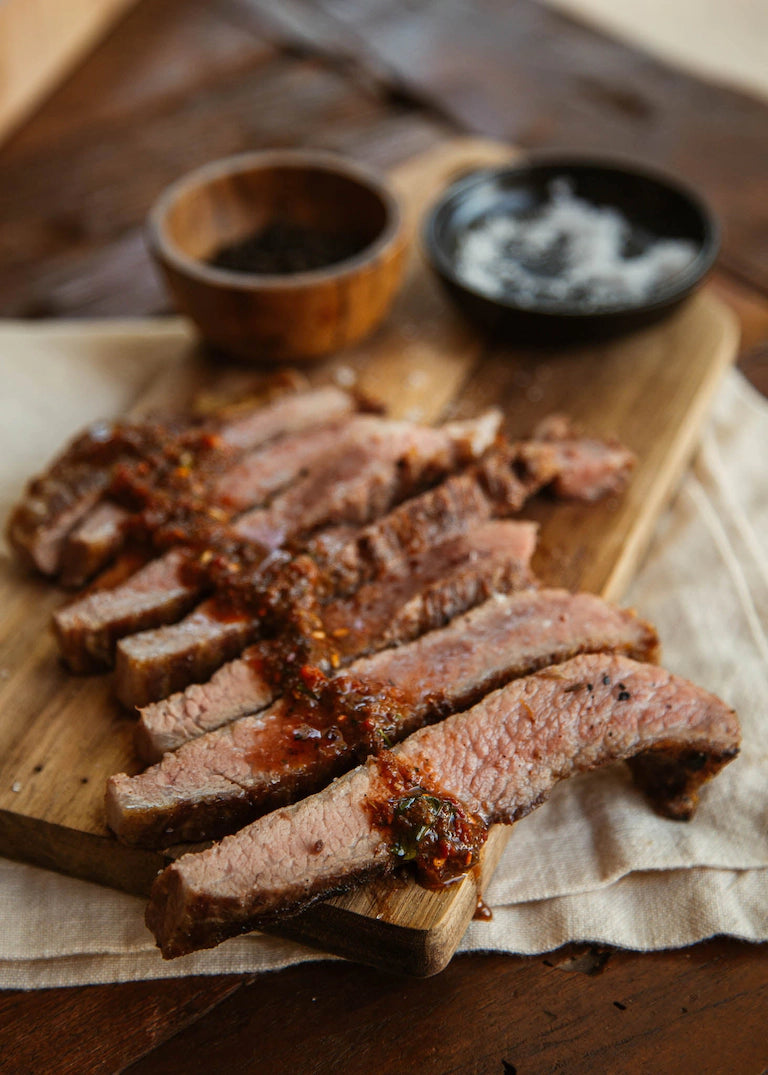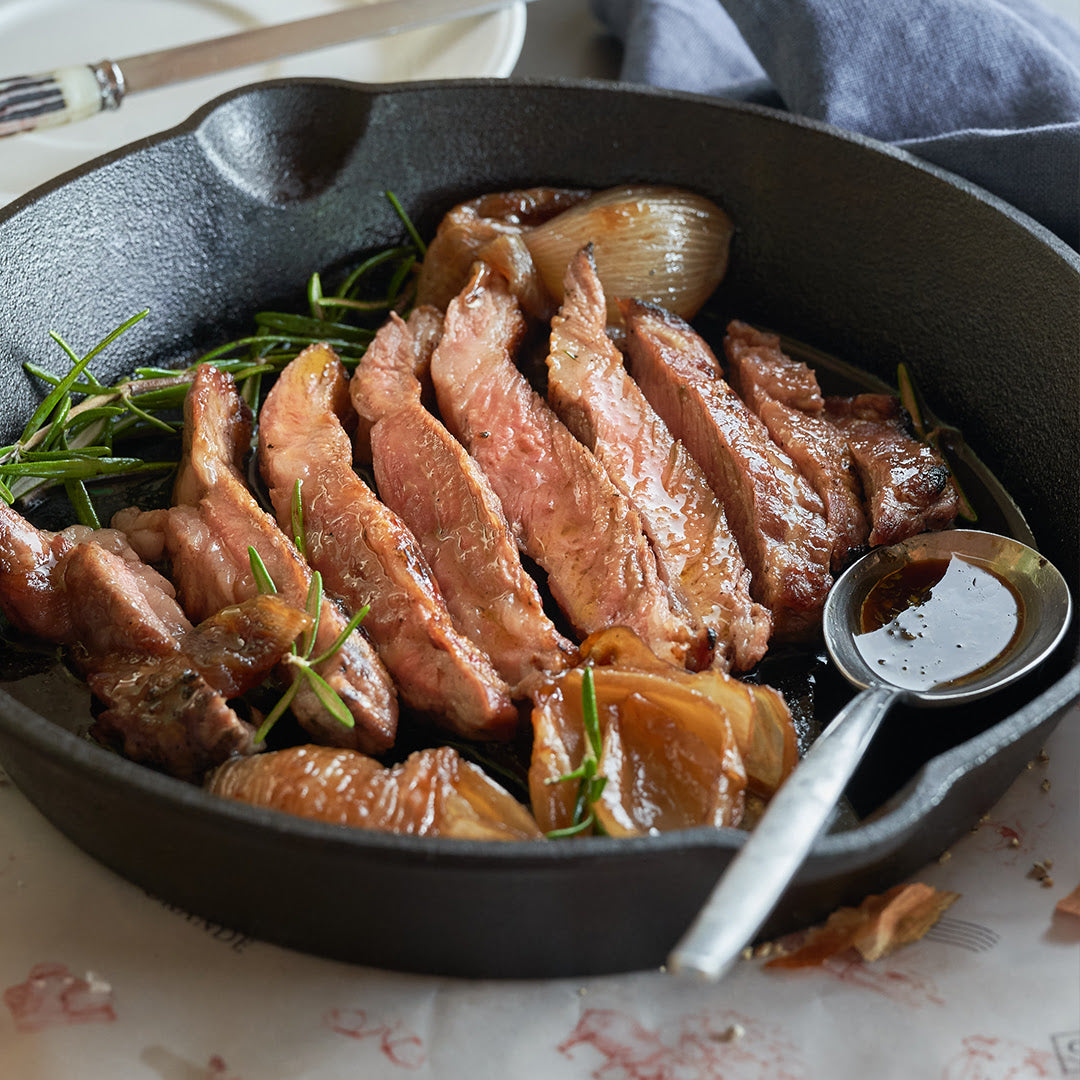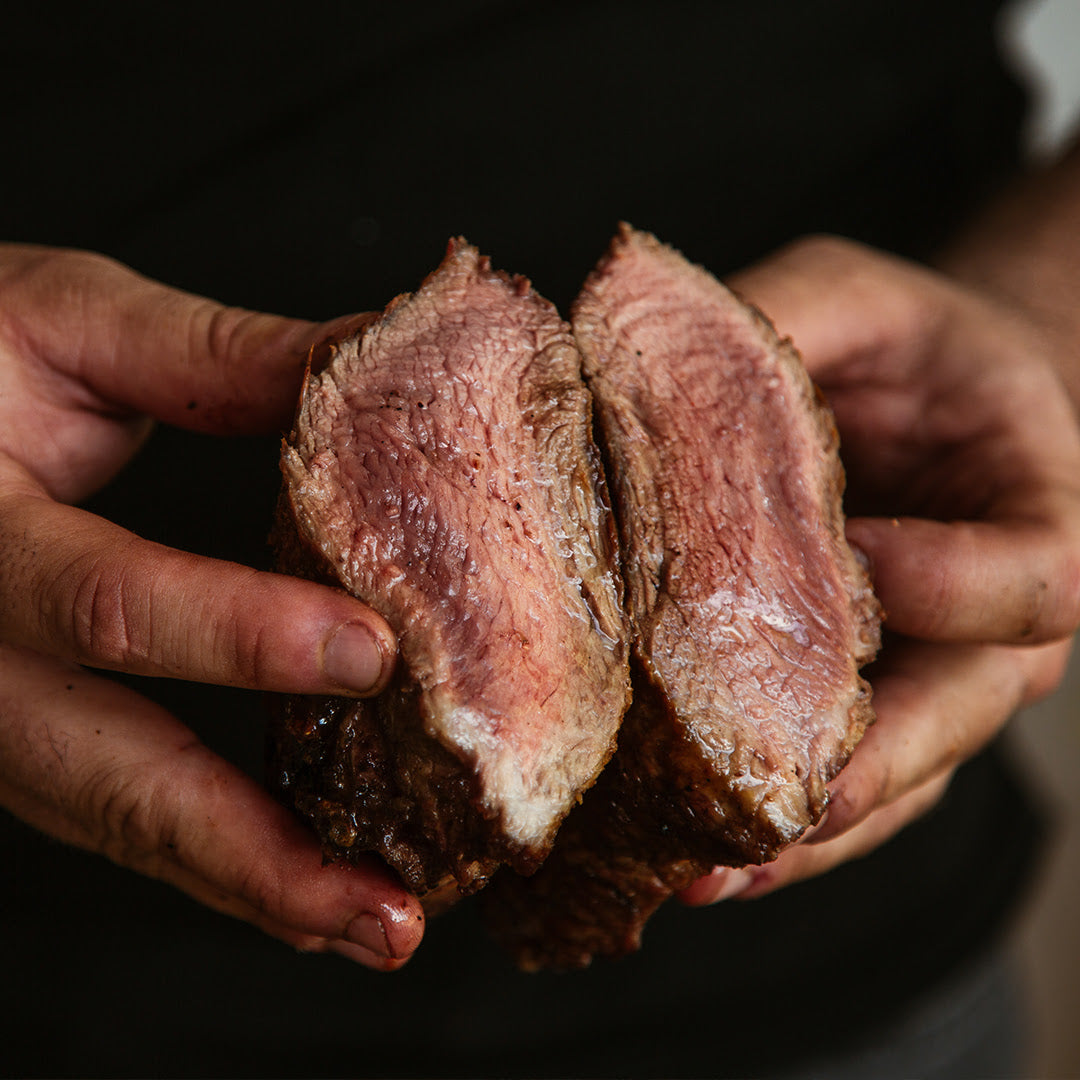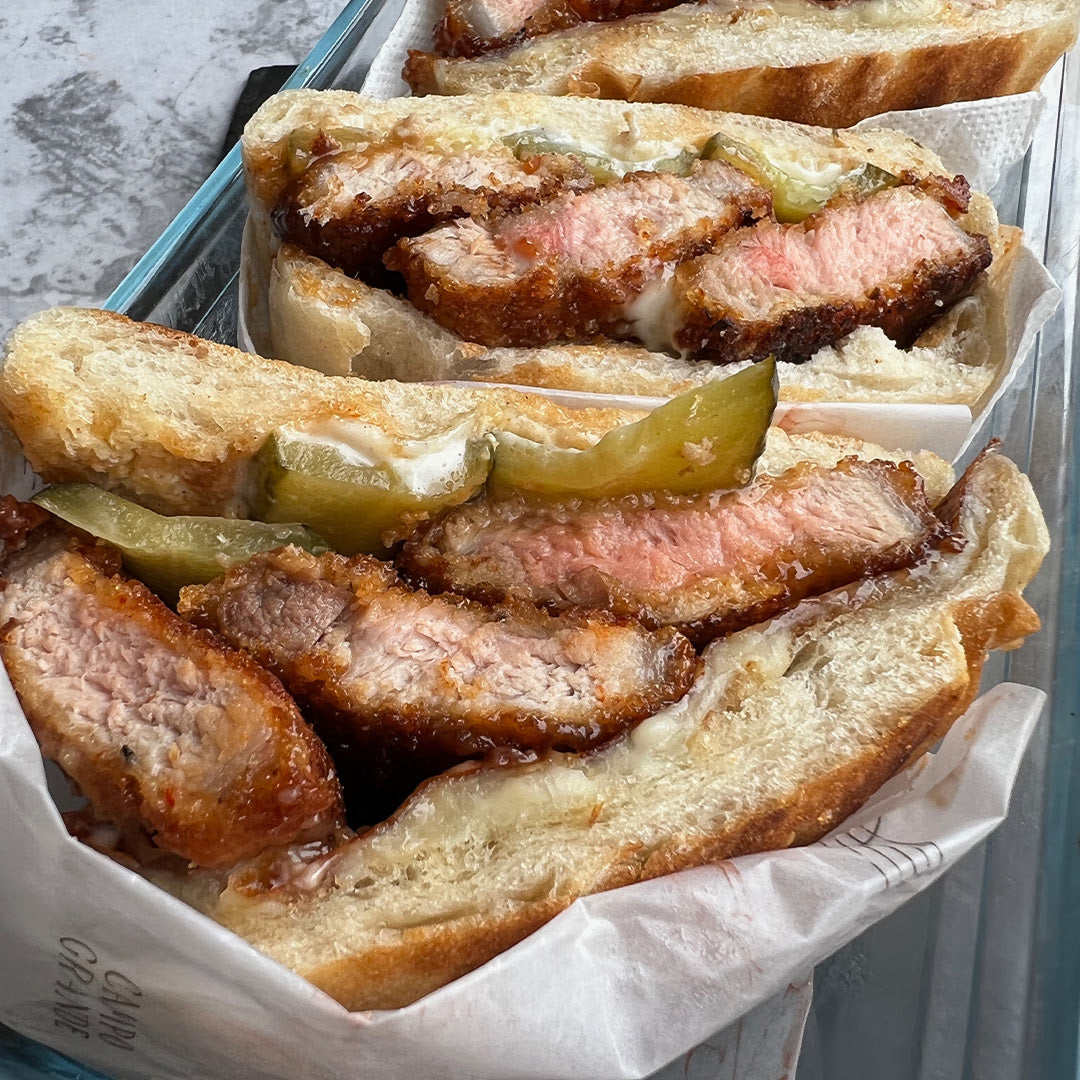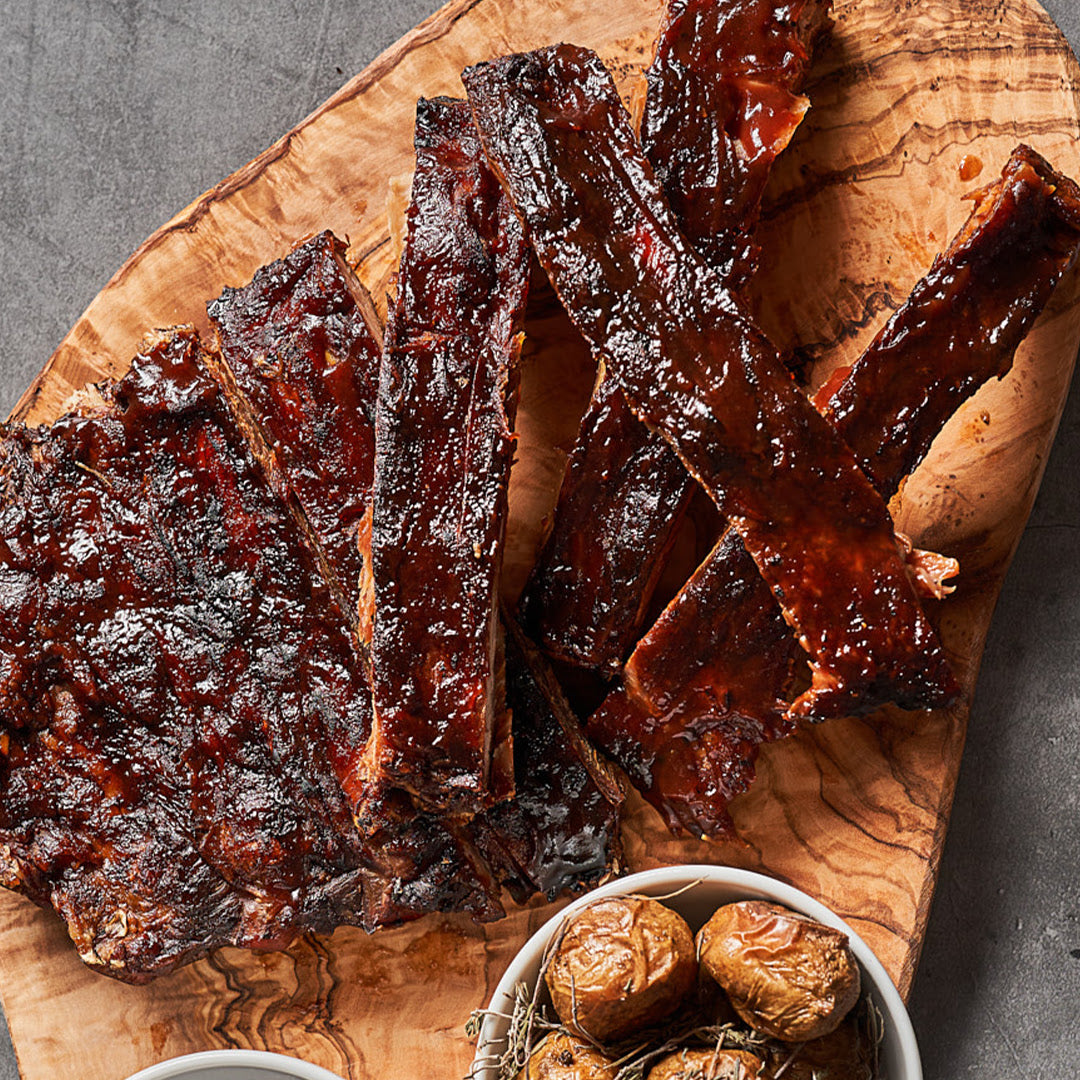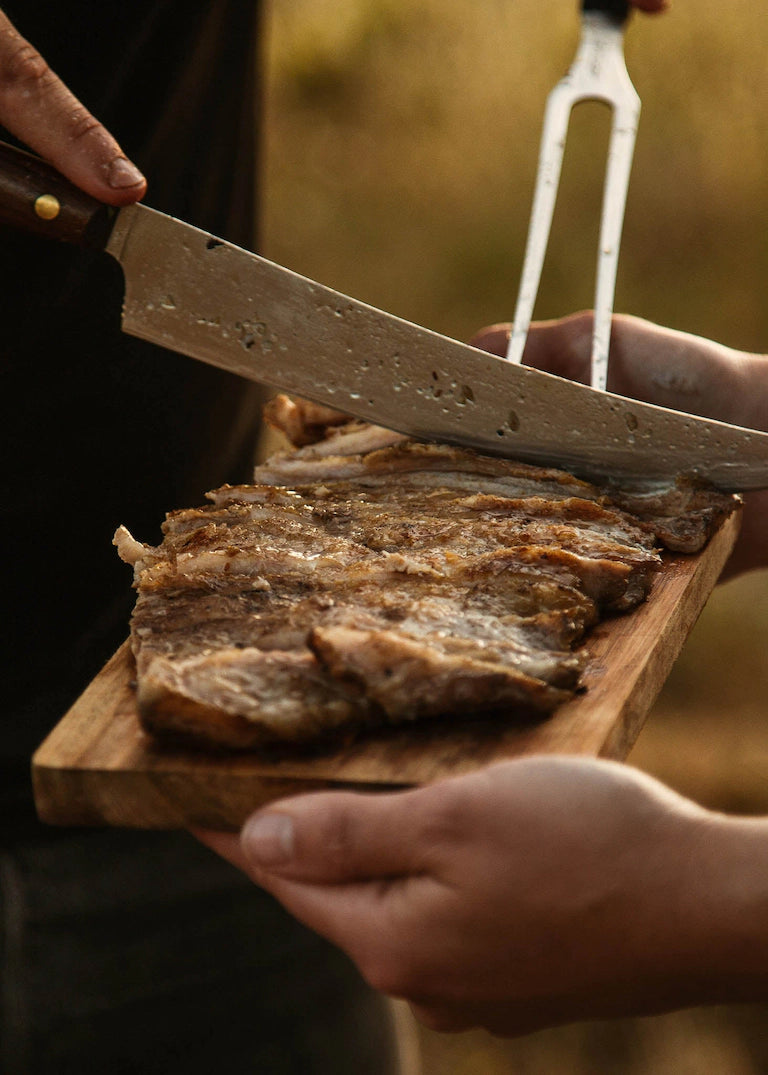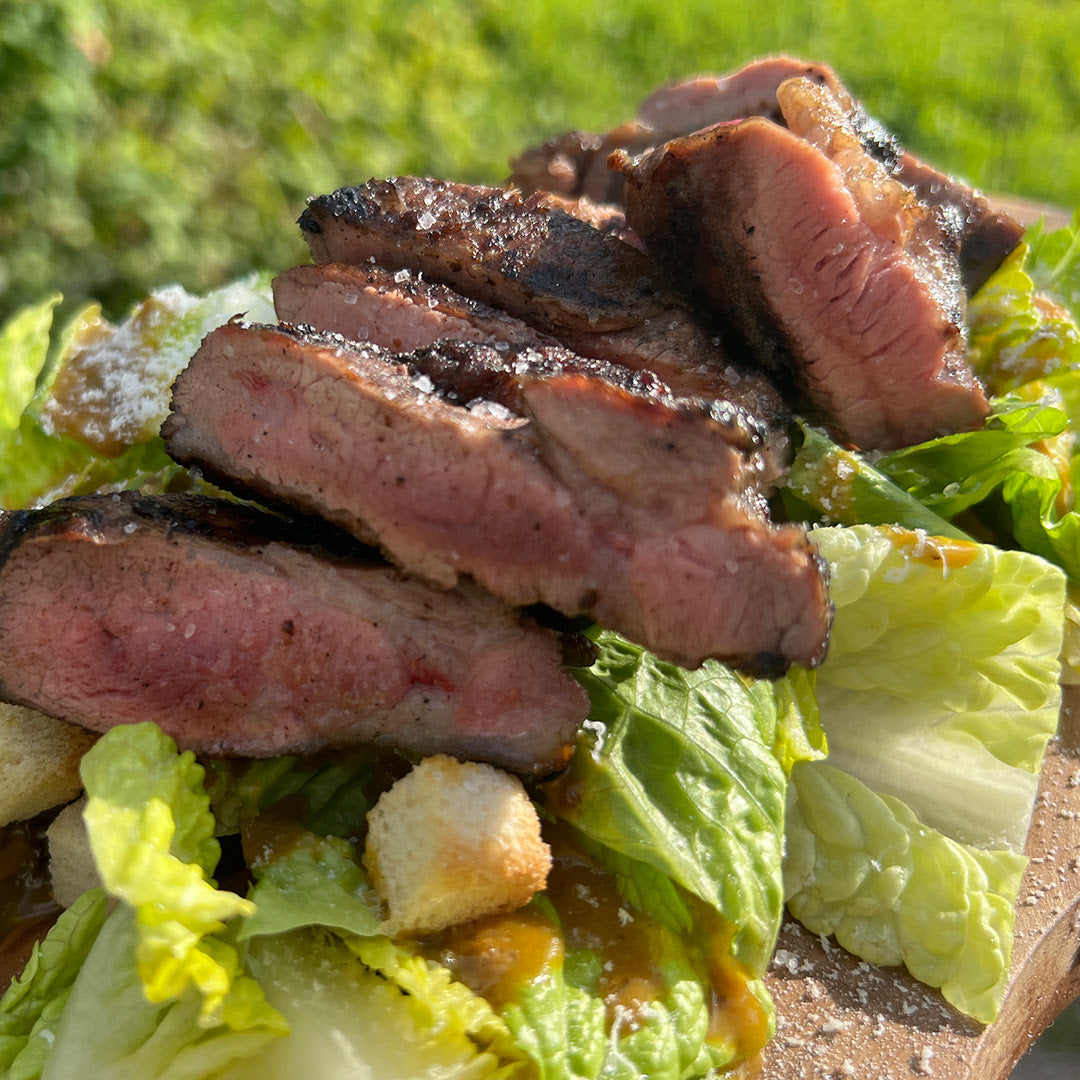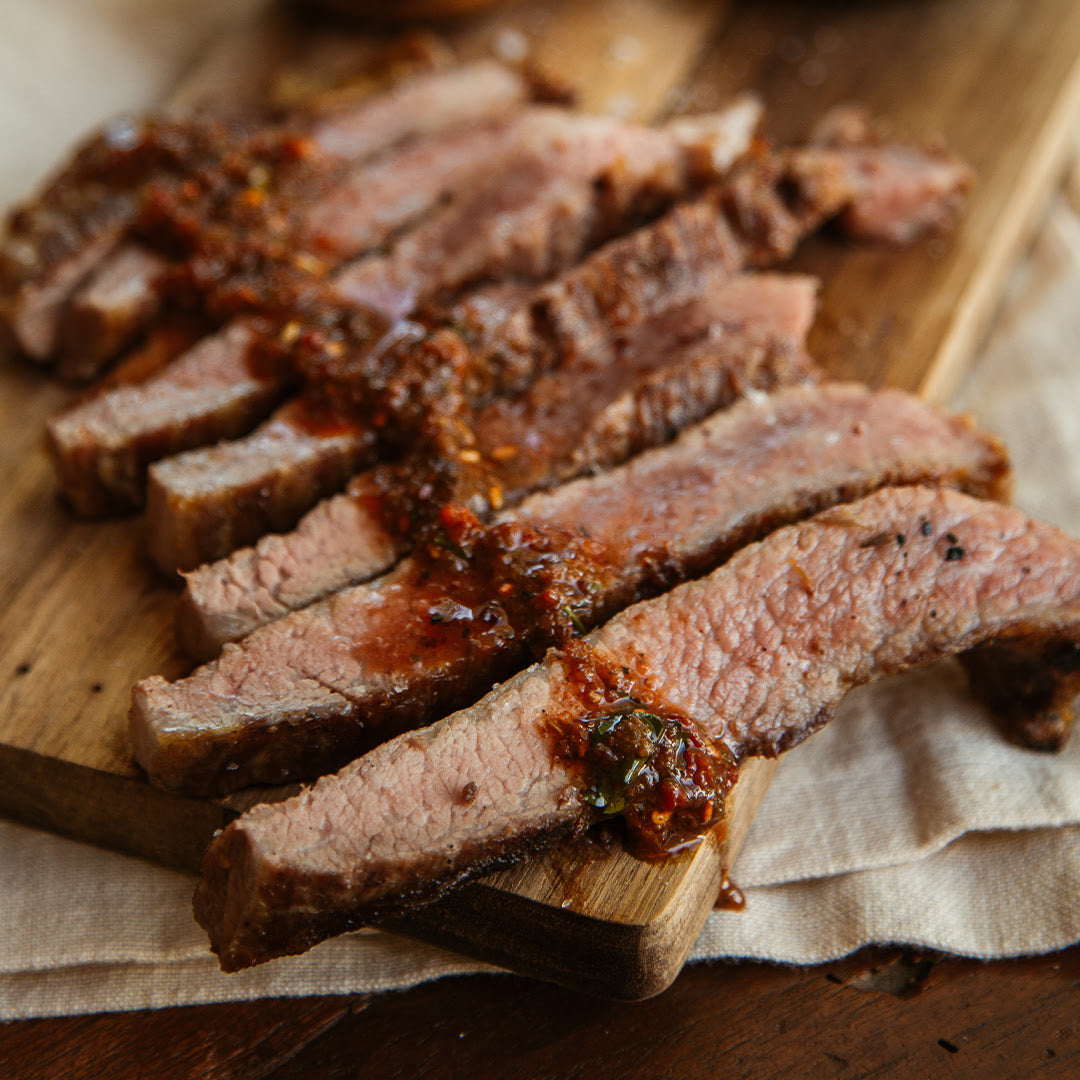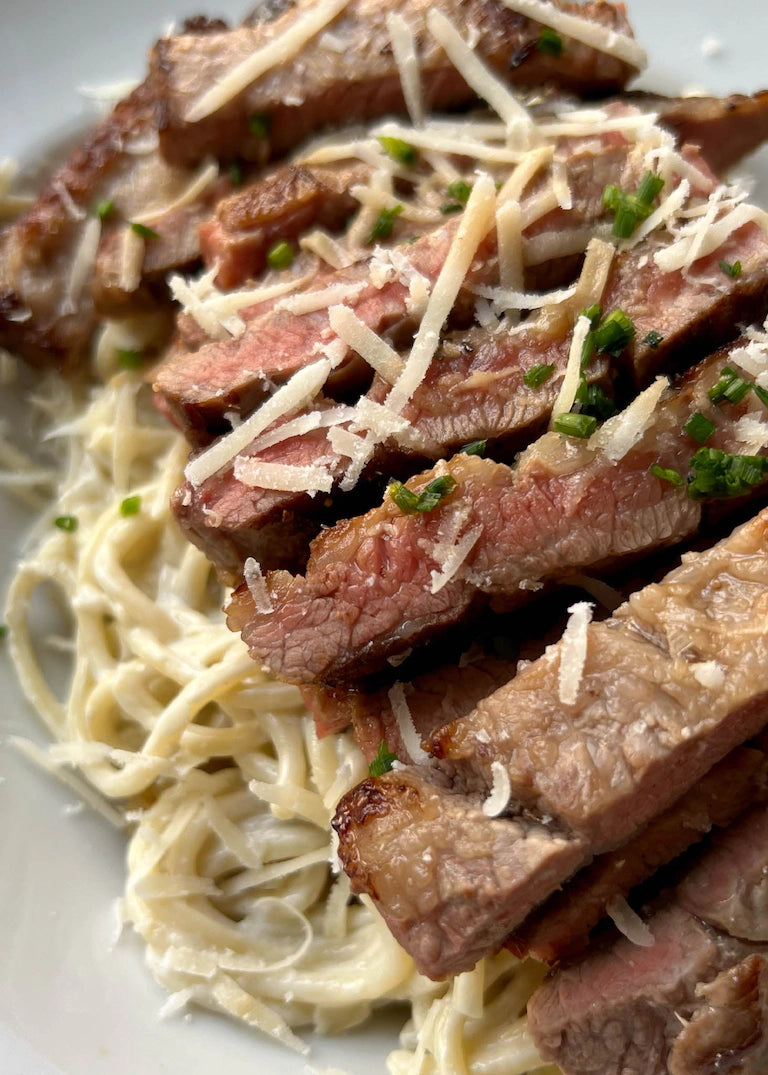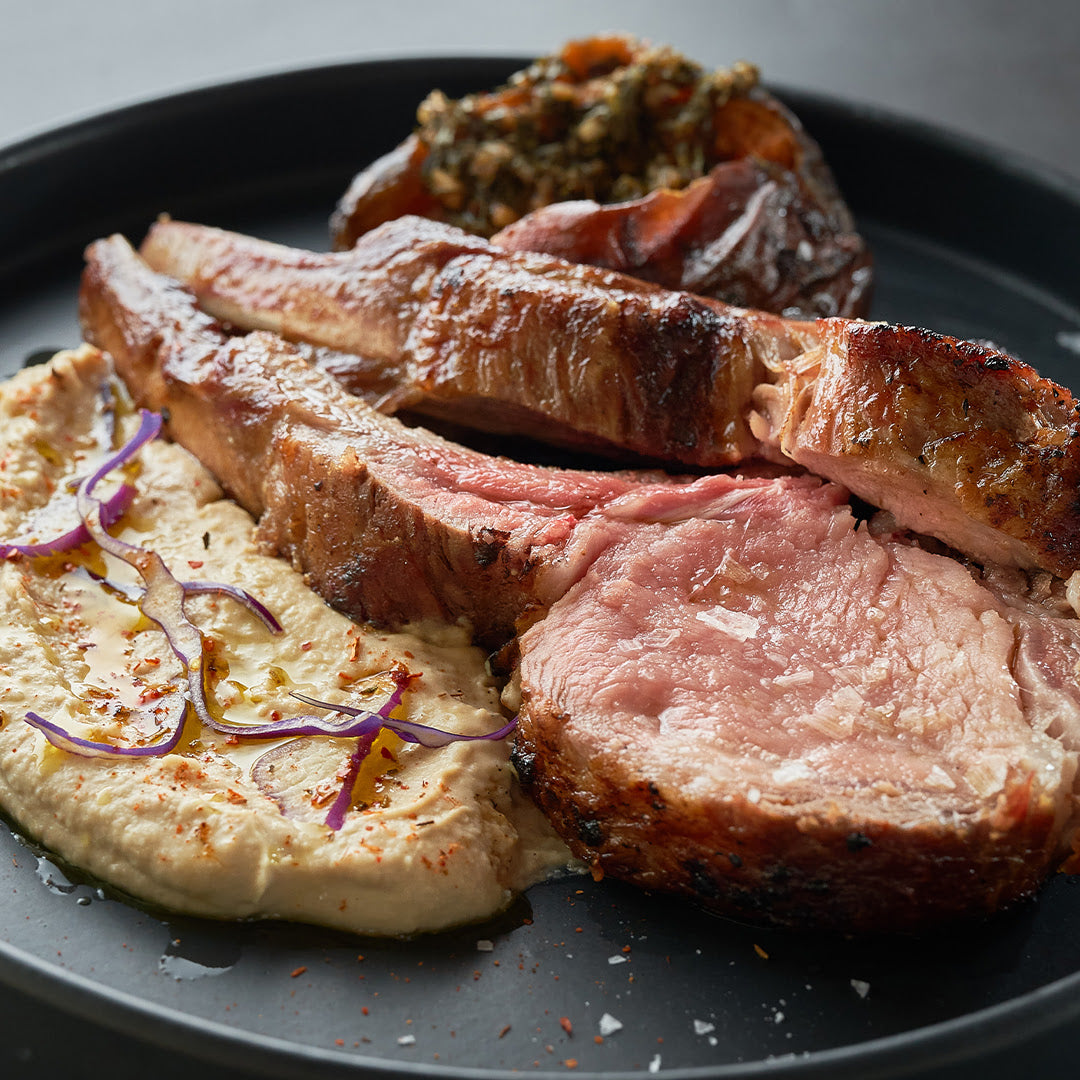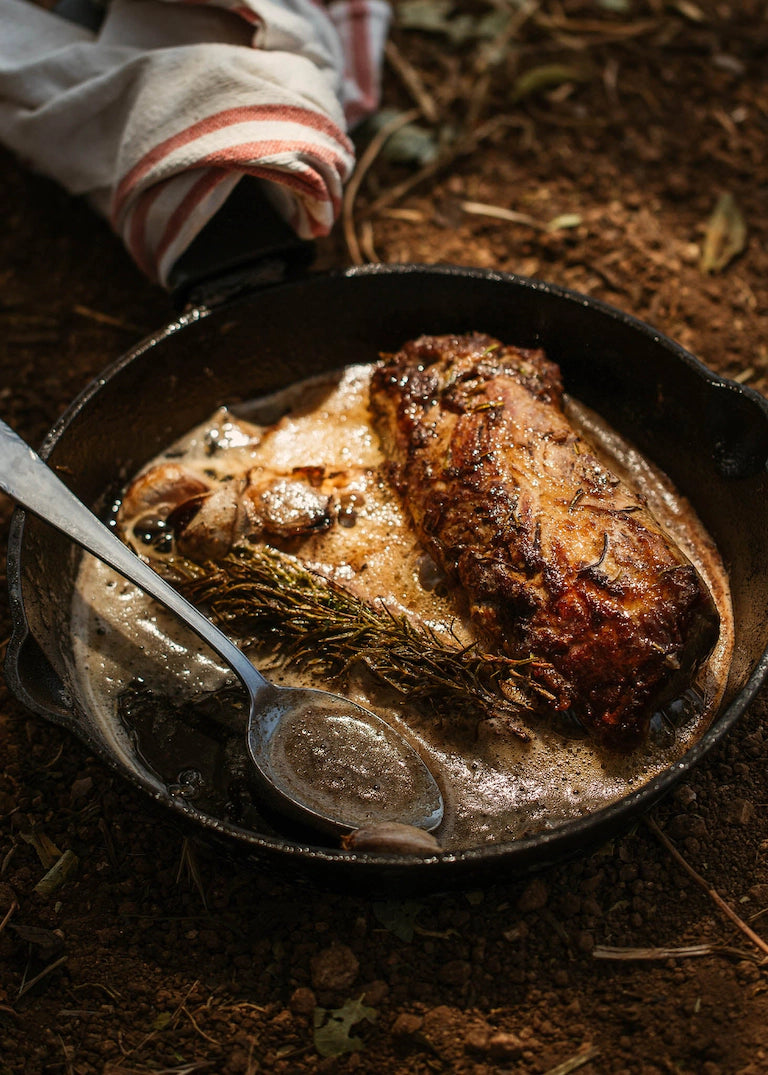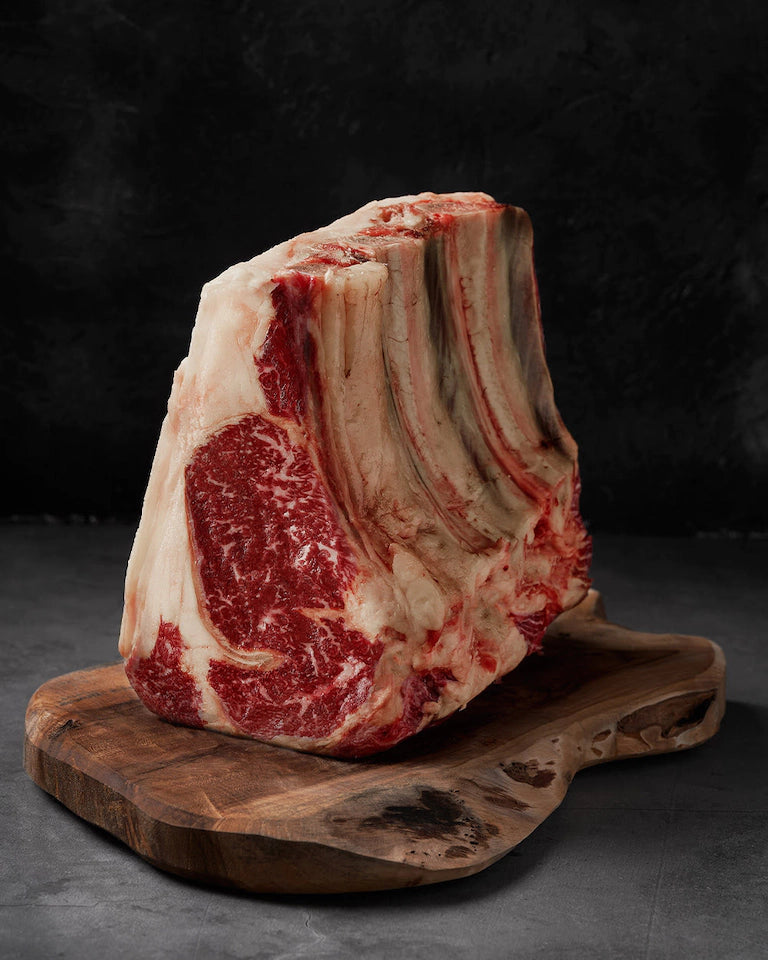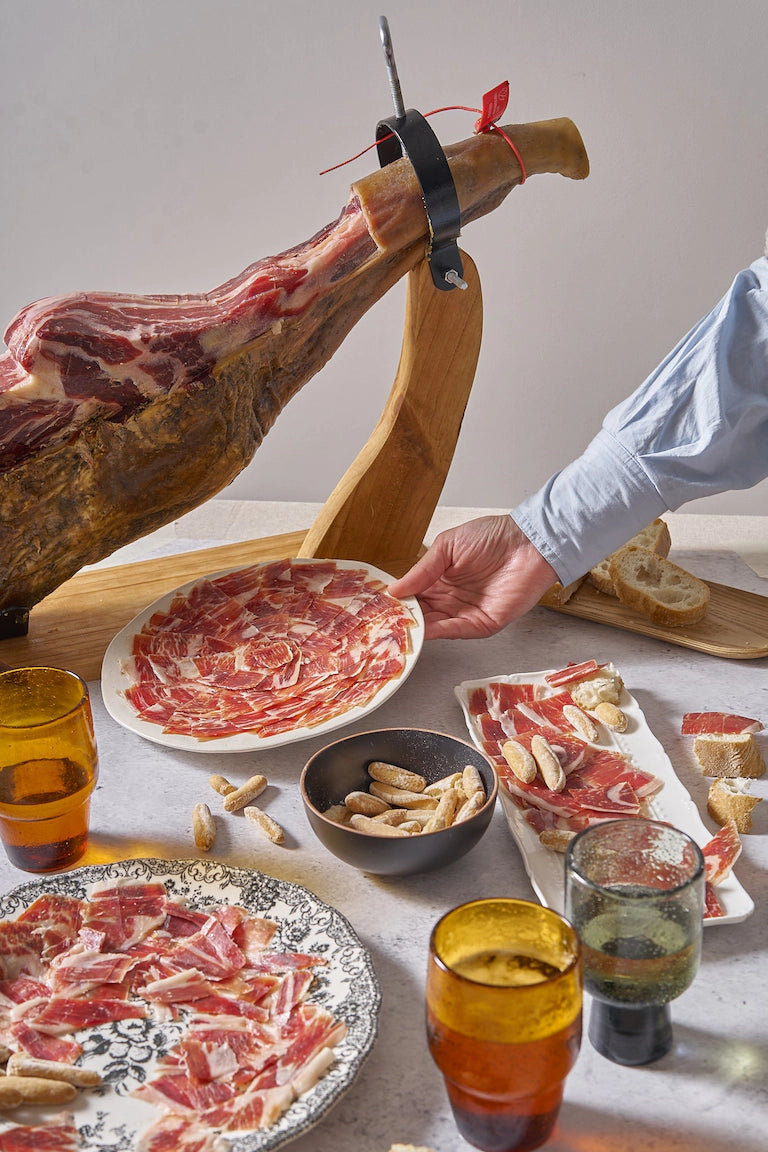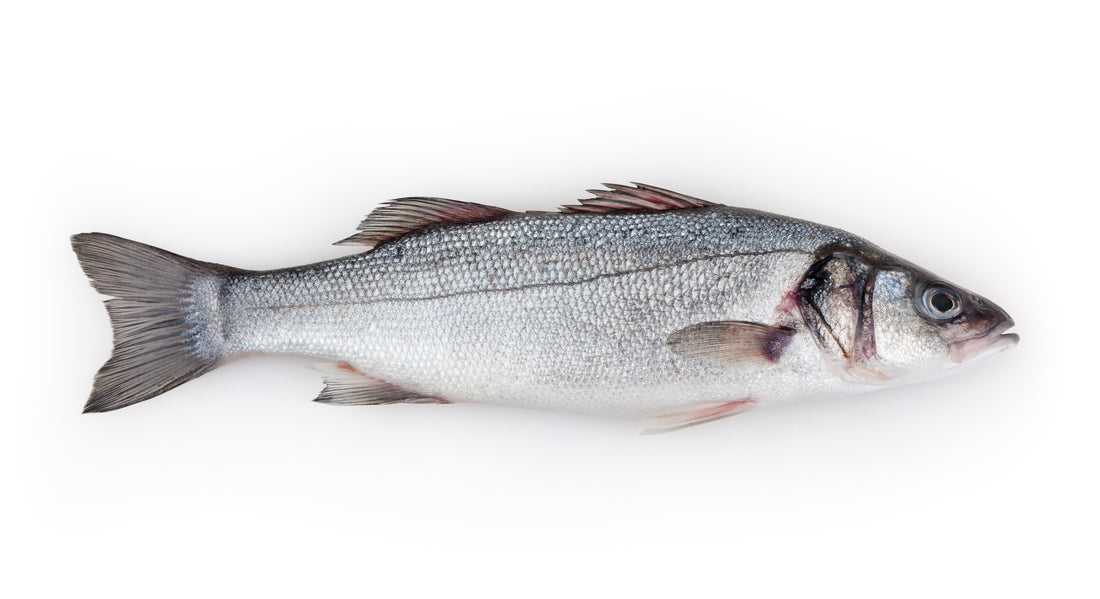
Lubina, also known as European bass, is a type of sea bass that’s native to Europe’s western waters. It’s very similar to the American striped bass, and remains a fish in high demand globally, which is raising the costs of wild-caught fish.
The popularity of this fish is easy to see. It’s a predatory fish with an insatiable appetite and a firm flesh that lends itself well to cooking. Whether it’s whole, or off the bone, it holds up to all forms of preparation.
Is Lubina Healthy?
Lubina is a very healthy fish, just like most other sea basses. It’s a lean fish with a low fat and carb count, along with being absolutely packed with vitamins, minerals, and healthy fats.
If you’ve heard of the Mediterranean diet, you already know a little bit about the powerful health benefits of fish. Lubina is a fish that boasts a high content of Omega-3 fatty acids, which are well documented to improve many functions within the body - many of which are brain functions.
Along with an abundance of vitamins and minerals, such as Vitamin A, E, and D, it carries a good amount of protein as well. The US-FDA considers European sea bass - or lubina, as the best choice regarding the mercury levels in the flesh. Many fish carry elevated levels of mercury and some can even be considered unsafe. Lubina isn’t among those and falls into the “best” category.
Is Lubina the Same as Sea Bass?
Yes, lubina is the same as sea bass. In fact, lubina is a type of sea bass. Sea bass is the generic name for ocean-dwelling fish, and ironically quite a few of them aren’t even bass.
The flavor profiles across sea bass generally tend to follow similar qualities, though the flavor experiences of each individual fish differ slightly. They’re all lean fish with a moderate firmness, with flakes ranging from small to medium.
Sea bass is prepared in many different ways, baking, grilling, and steaming. Really the only things you might not see sea bass being used for are sushi and smoking.
Where Does Lubina Come From?
Lubina is an ocean-dwelling fish that’s native to the waters around the Mediterranean, and the oceans around Ireland and the United Kingdom.
It’s a highly sought-after fish, however, its populations remain quite healthy due to conservation efforts and strict fishing regulations. The global supply of lubina comes primarily from the following countries: Cyprus, Greece, Italy, Norway, Spain, and the U.K.
How To Identify Lubina
The lubina is easily identified by its silvery color. It’s quite a large fish as well, with two distinct dorsal fins. The first fin typically has 8 or 9 spines.
The juveniles can be identified by the black spots dotting their upper bodies. In much the same way as other animals, like deer and warthogs, the adolescent lubina changes in appearance from youth to adulthood.
What Does Lubina Taste Like?
Lubina isn’t too different from other types of sea bass. It’s a meaty, but lean white fish with a flaky texture. The flesh is pinkish when it’s raw, and becomes an opaque white when it’s cooked.
The flavor is somewhat sweet and mild, and many chefs claim that wild-caught lubina is more flavorful than farmed.
How To Cook Lubina
You can cook this fish in any way you want to prepare it. It’s all up to your tastes as this fish is a tough one, and the firm flesh can withstand just about any cooking or preparation style.
However, it’s best steamed, baked, or sauteed because these preparations will do a better job at highlighting the delicate flavors of the lubina.
Steaming
- Check to make sure the fillets have been pin-boned
- Apply your desired seasonings or sauces
- Place the fillets skin side down into your steamer
- Drizzle the fillets with a bit of olive oil
- Top the steamer with the lid
- Cook for 5-7 minutes
- To check the doneness, spear the fish through the thickest part with a metal skewer. It should pierce the fish easily and be warm to the touch.
Baking
- Wash your fish
- Coat the bottom of a baking tray with olive oil
- Place the fish into the baking tray with olive oil
- Add in your desired vegetables and seasonings
- Bake for 45 minutes at 380F
- The thickness of the fish will determine just how long you’ll need to bake it.
Final Thoughts
Thankfully, lubina is as healthy a fish as it is delicious. There are many different recipes available to try, and this tough fish can stand up to any kind of preparation - whether you want to grill it in the backyard or fry it on the stove.
The health benefits of eating this type of fish are numerous, and it would be a very healthy choice to add the lubina to your rotation of meals.
